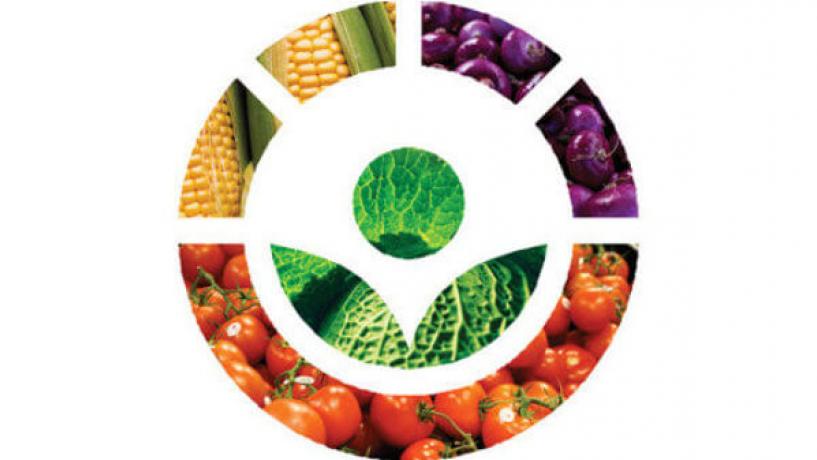
Many people hear the term, food irradiation, and they immediately think that this must mean the products they eat will turn them into a monster from b-rated horror movies.
After all, the word sounds very similar to radiation, which is dangerous, deadly, and scary. However, this process is actually extremely safe and serves a very good purpose in the manufacturing industry.
What Is Food Irradiation?
When foods are irradiated, they are exposed to ionised energy for a specific amount of time. It can serve a number of different purposes to make foods safer for human consumption. Some of the uses include:
- Reduce infestation of insects and pests in foods imported from other countries
- Kill insects and pests on local foods instead of using chemical treatments
- Kill bacteria in foods before it is placed on shelves
- Stop sprouting of seeds and herbs
This process takes the place of chemical treatments in more than 50 different countries. This way, there is much less danger from pesticides on consumer foods.
Is It Really Safe?
Before irradiation was allowed in food production, several organizations have studied it thoroughly to ensure safety. Groups that have approved the process include:
- World Health Organization
- United States Food and Agriculture Organization
- European Community Scientific Committee for Food
- The US Food and Drug Administration
- The United Kingdom House of Lords
- The Food Standards Committee of Australia and New Zealand
Several steps have been used to protect foods from any danger of radiation. These include:
- The use of Cobalt 60 for irradiation. This radioactive material is not strong enough to pass its radioactivity to foods.
- The food is never allowed to physically come in contact with the material.
- There is no cross contamination between radioactive materials and food products.
- No foods are allowed on the shelves that could carry radioactive energy.
When Is It Used?
Food irradiation can only be used in certain specific incidents to kill pests or bacteria and to avoid sprouting. It does not give manufacturers a pass to grow or produce dirty or dangerous foods and then irradiate them.
Many people hear food irradiation and immediately become frightened. However, this is actually a very safe method of pest control. In fact, old pest control methods used chemical pesticides, which were infinitely more dangerous to the environment and to consumers. With irradiation in place for certain products, consumers are much safer than they have been in the past.





